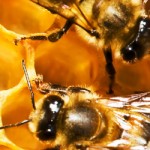
Frequently Asked Questions ...
When I started woodturning I never expected to end up creating turned art in wood but it is a really exciting area and one, which is not that commonly explored. There was a lot more to learn about woodturning than I ever realised and it's not just a case of picking up any piece of wood and turning it. Wood, seasoning, tools & equipment, finishes and woodturning techniques are just a few of the things that you have to know about.
I'm frequently being asked questions about woodturning either via emails or at shows and so have compiled a list of the most common questions along with my answers to them.
In my answers I have described my views or methods but these are not necessarily the only answers to the questions and there are most certainly other views or methods that can be used. In fact in most cases in turning there are several different ways that can be used to achieve the same results and it just comes down to personal preference.

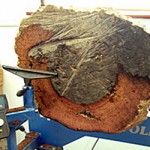
What lathe do you prefer to work on?
At the moment I have two lathes. The one I've had the longest is an Omega Stubby S750, which I have done all my work on including the tiny turned items inside my ornamental eggs.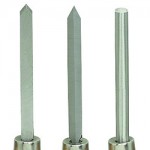
Which are good makes of chisel but not too expensive?
I think if you are new to turning then it is better to buy a reasonably priced set of chisels and see if you want to continue with it before investing heavily.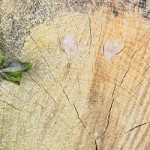
How do I season timber?
There are numerous ways to season wood such as microwave drying, air drying, boiling and kiln drying.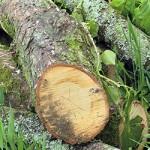
How do I check the moisture content & what should it be?
The best method I've found of checking the moisture content is by using a moisture meter.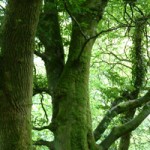
What does seasoned wood mean?
Seasoned wood means that the moisture content in the timber has been reduced to an appropriate level for the intended use of the wood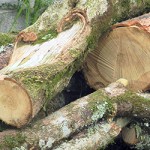
Do you know of any inexpensive wood suppliers?
If you are after cheap wood then it can be a good idea to go round local tree surgeons and see if they have any wood for sale, which should be reasonably cheap.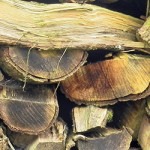
Which woods are potentially dangerous to work with?
I've read that the dust from any wood can potentially cause health problems such as cancer or various breathing difficulties.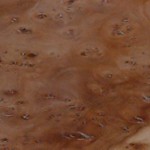
What's the best wood to use?
I don't think the species of wood you're using is as important as whether it is properly seasoned.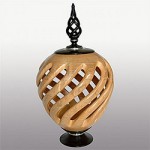
How do you make an Open barley twist vase and is carving involved?
A barley twist vase is a hollow form that has been turned with an even wall thickness and then the binds carved into it afterwards.
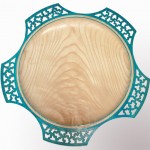
How do you do the lacework effect on the rims of lacework bowls and platters?
Initially I turn the rim of the bowl reasonably thinly and evenly before using a Dremel type carving tool to carve each individual hole.Safety Warning
Turning can be dangerous. I expect you to be fully aware of the potential dangers and to take adequate precautions. If you follow any of the advice I have given you do so entirely at your own risk and I cannot be held responsible for any injuries or mishaps that may occur.
FAQ Categories
Woodturning Video
The Woodturning DVD called Lacework Techniques with Yvonne Arlott continues to sell all round the world.
